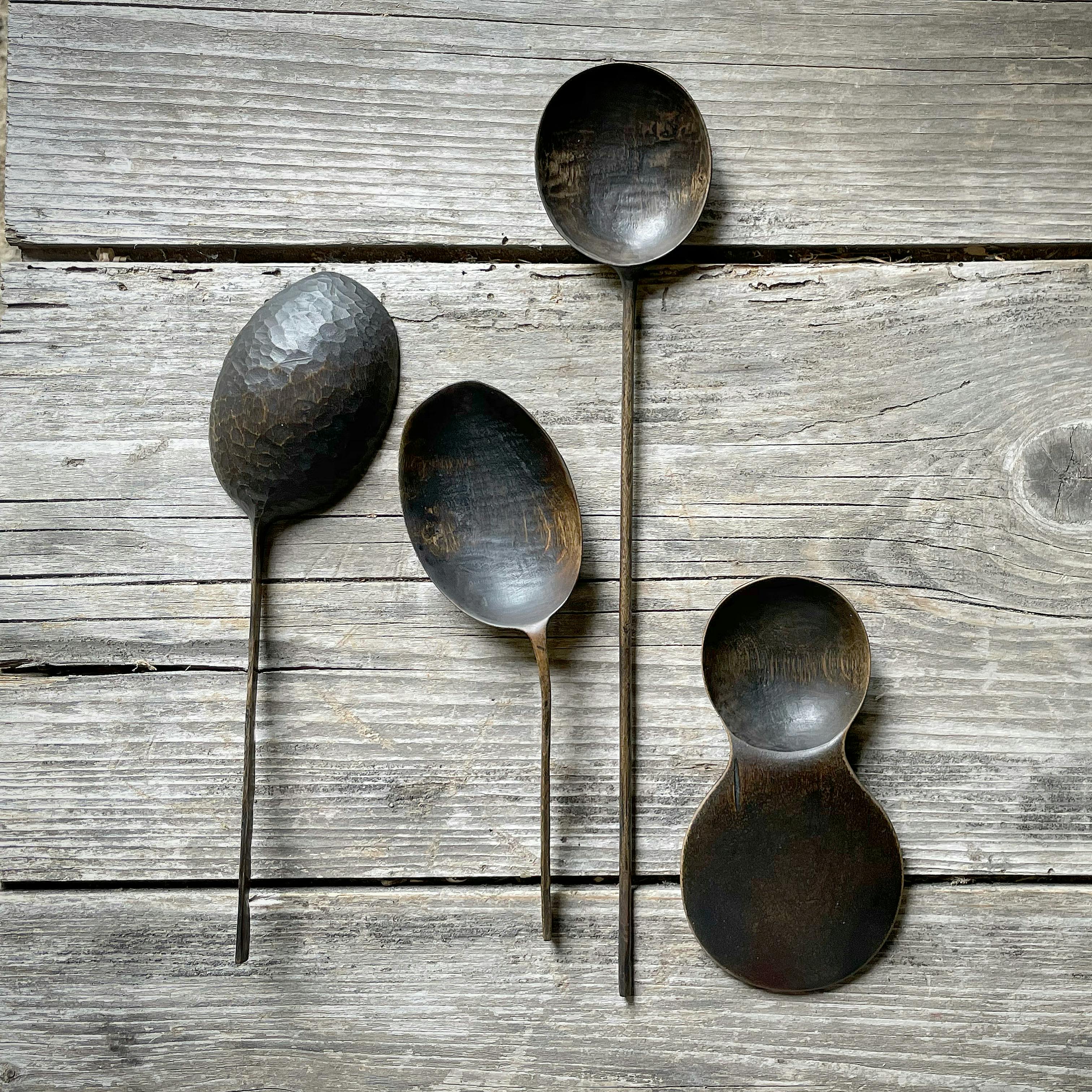The Queue: Matthew Nafranowicz
Get to know the people featured in the pages of our magazine as they share what's inspiring them right now.

A biweekly roundup for and by the craft community, The Queue introduces you to the artists, curators, organizers, and more featured in the current issue of American Craft. We invite these inspiring individuals to share personally about their lives and work as well as what's inspiring them right now.
Based in Madison, Wisconsin, Matthew Nafranowicz is the furniture artist behind Straight Thread Chair Co. and is featured in the Winter 2022 issue of American Craft in "Revealed." This story by Patrick Downes takes a close look at Matthew's use of traditional techniques and the philosophy behind his practice.
How do you describe your work or practice?
I am a European-trained traditional upholsterer living in Madison, Wisconsin. My work reimagines 18th-century techniques in a modern, North American context. I design furniture that reveals the foundational elements of the craft so that they become central to the design. As I reduce design and form to their essentials, I strengthen the observer’s connection to the craft and materials. For example, stitching that has a structural purpose becomes decorative. Upholstery tacks add a sense of purpose when left visible. With my designs, I intend to share the beauty of traditional upholstery and honor the traditions in which I was trained.
The past 18 months have presented many challenges, from a global pandemic to renewed urgency around issues of racial equity and police brutality. As we slowly move into a post-pandemic world, how are you finding beauty and staying grounded?
The varied challenges we face—racial justice, climate change, income inequality—can be depressing. Focusing on my work helps me to stay grounded. I find the simple, natural materials I work with beautiful and reassuring. It is also nice to get lost in the repetition and mindfulness of the craft.
Being outside is also important to me. During the pandemic, I have found beauty in my neighborhood that I hadn’t appreciated before. There is always something new if you pay attention. The sky is always changing. The air. The sounds. Seasonal changes in flora and fauna.
The theme of the current issue of American Craft is "Wonder." Can you reflect on that theme as it relates to your work and practice?
I always try to stay curious and excited about learning new things. There is a wonderful community of upholsterers from around the world that inspires me and keeps me engaged.
The history of the upholstery craft and its evolution over time leaves me with a sense of wonder. From the earliest days of loose straw padding to the height of impeccably stitched furniture of the French Empire in the early 19th century to a modern day low point of plywood- and petro-based, over-foamed furniture.
When specifically thinking about the fundamental traditional techniques, it amazes me that these materials can even hold these shapes—loose cured fiber wrapped in burlap and stitched over coil springs. The perfect combination of form and function.
What’s one of your go-to/favorite tools in your toolkit that the world should know about?
My 18th-century French carding machine. It’s terrifying but effective. This tool is used to open the fibers to prepare them for use. A colleague of mine that restores these machines kindly shipped it to me from France.
What’s an exhibition or art project you think the world should know about, and why?
Do Ho Suh’s work is magical. The first installation I experienced was at MMoCA here in Madison. The personal nature of the work is very moving, and the details are mind blowing. I honestly don’t know how it’s possible to make that detailed of a door knob, light switch, or toilet out of thin fabric and wire.
If you could purchase any craft artist's work for your home or studio, whose would it be?
Birch spoons by Marie Eklund. Her carving process is traditionally Swedish, but her finished forms are utterly unique. They are freely carved and marked by imperfections. In the process, the spoons may be exposed to fire, soil, or water to build their patina. In the artist’s words: “Without defects, objects and even people are boring. There is no complexity, no life”.
Inspired by the people featured in The Queue?
Dive deeper into their work in the pages of American Craft magazine. Become a member of the American Craft Council to get a subscription and help fund a range of nonprofit programs that elevate the craft community.



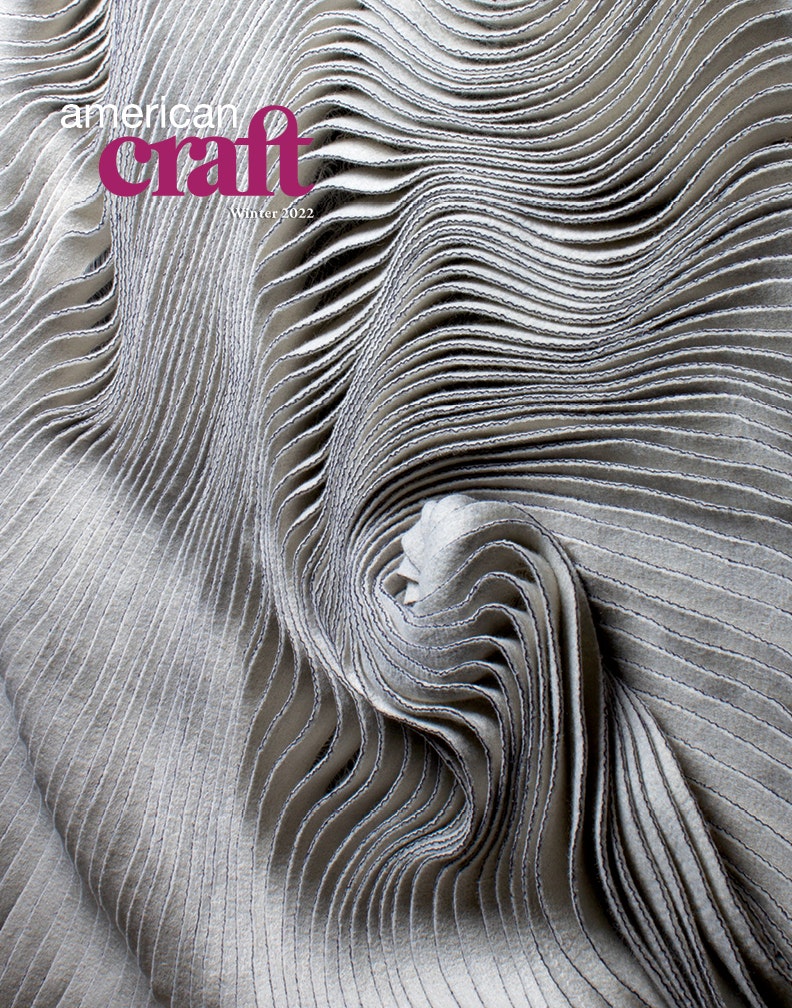
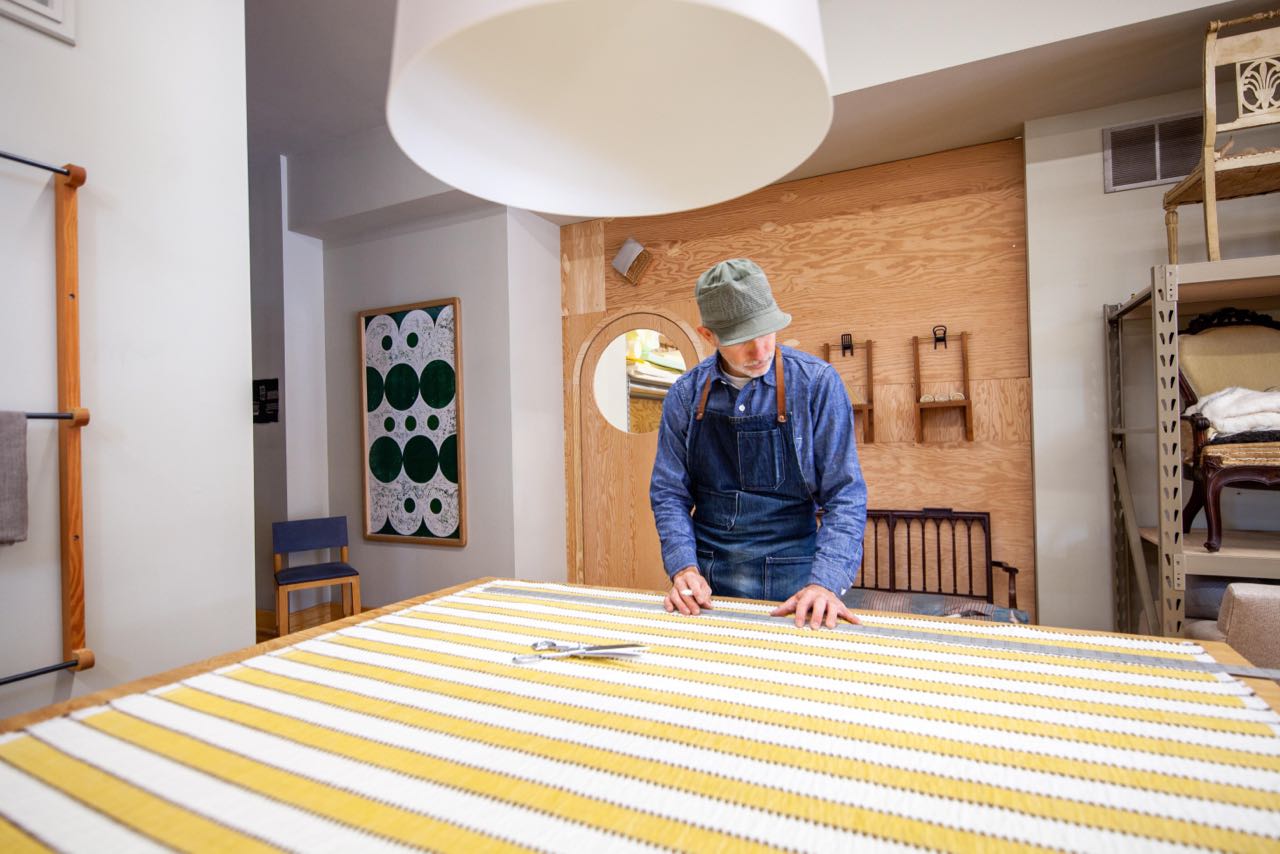
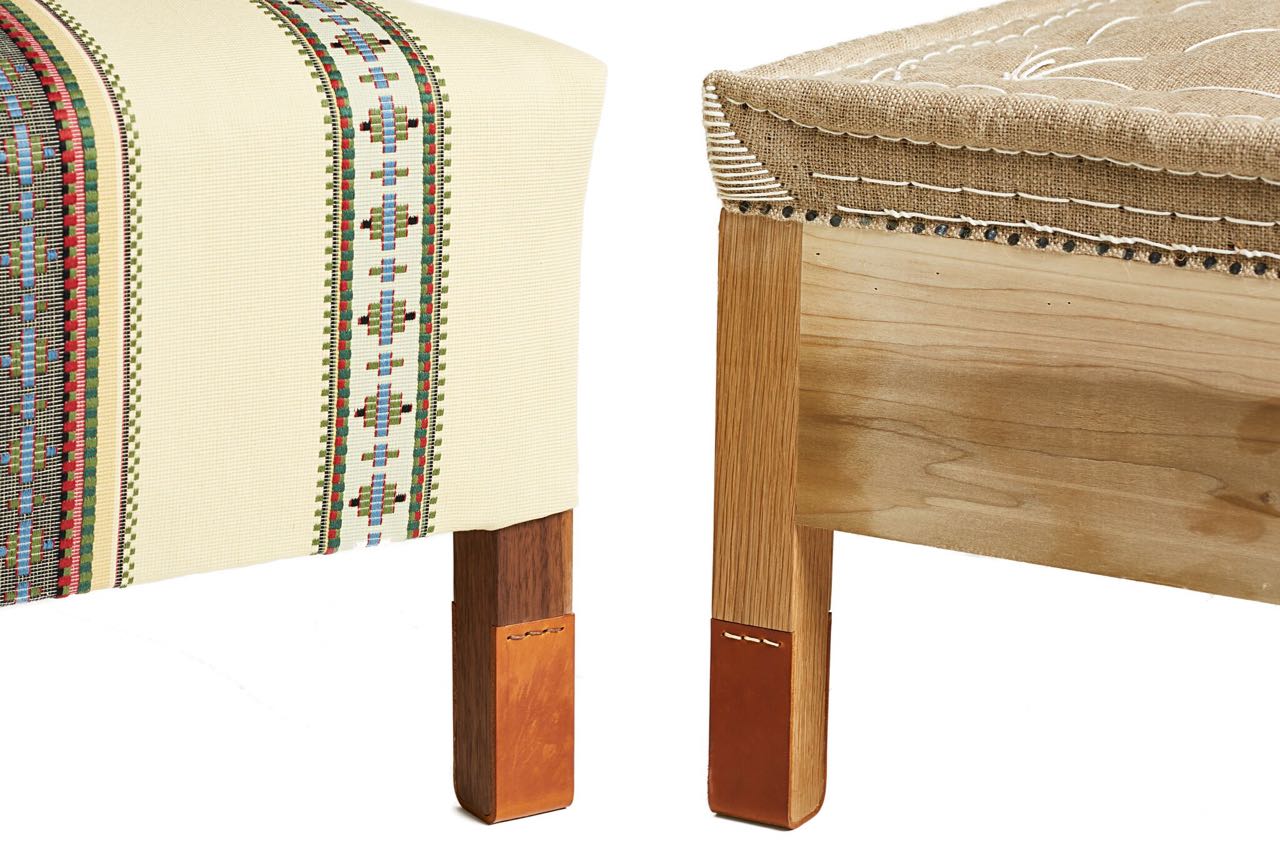
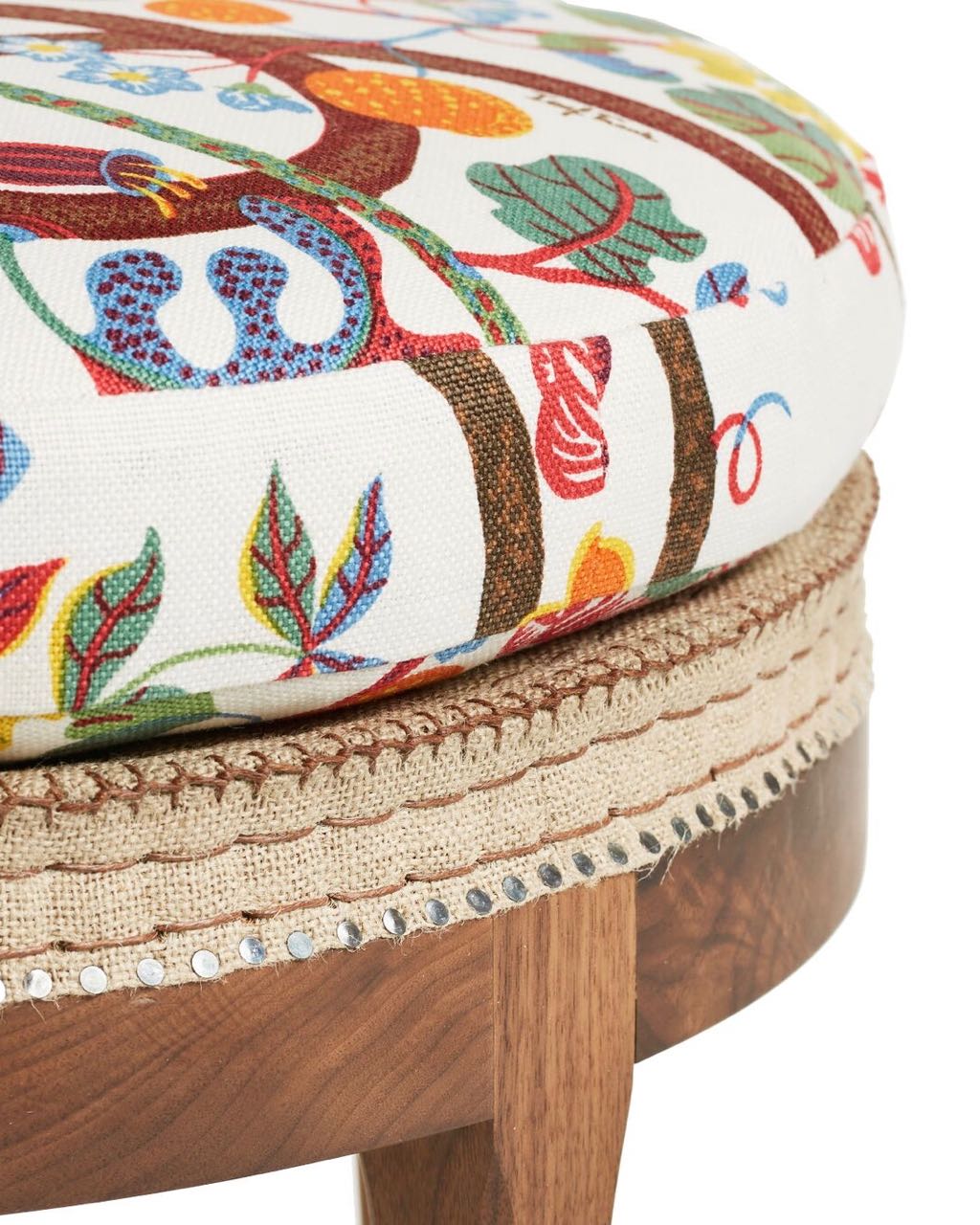
+-+Matthew+Nafranowicz.jpeg)
